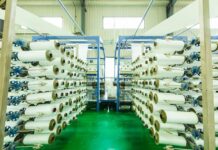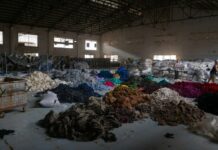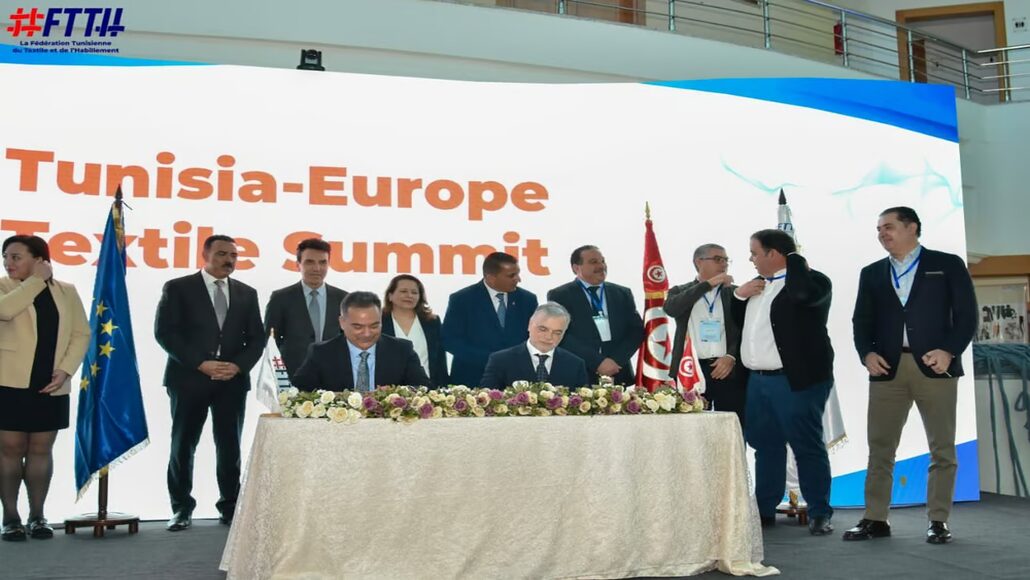The European Apparel and Textile Confederation (Euratex) and the Tunisian Textile and Apparel Federation (FTTH) formalized a memorandum of understanding (MoU) on April 15 at the Monastir technopole in east-central Tunisia, aiming to enhance cooperation between the textile industries of Europe and Tunisia.
This agreement initiates a structured dialogue between the two sectors, emphasizing sustainability, innovation, investment, and trade integration. It is in line with the updated Pan-Euro-Mediterranean Convention, which started its implementation in 2023.
With this partnership, Tunisia aspires to establish itself as a modern, circular, and competitive textile hub within the Euro-Mediterranean region. Moreover, it reinforces the industrial relationship between Tunisia and Europe, contributing to a wider strategy to bring production closer to home, shorten supply chains, and create a more resilient regional industry in response to increasing competition from Asia.
“Even if our ways of working differ, our industries deeply complement each other,” stated Euratex president Mario Jorge Machado. “At a time of regulatory change and growing environmental ambitions, collaboration is essential. This memorandum provides a practical framework to enhance competitiveness, foster innovation and strengthen the resilience of our shared textile ecosystem.”
Tunisia’s textile sector employs over 160,000 individuals and encompasses more than 1,600 companies. In 2024, the nation exported €2.5 billion worth of textile and apparel products to the European Union, ranking as the EU’s ninth-largest supplier of clothing.
Euratex represents 200,000 textile and apparel businesses throughout Europe. The industry sustains 1.3 million jobs and generates €64 billion in exports annually.
The signing of the memorandum of understanding occurred at the technopole in Monastir, an event attended by the regional governor, Tunisia’s minister of industry, the European Union ambassador to Tunisia, representatives from the textile sectors of both regions, and various other economic stakeholders.



































